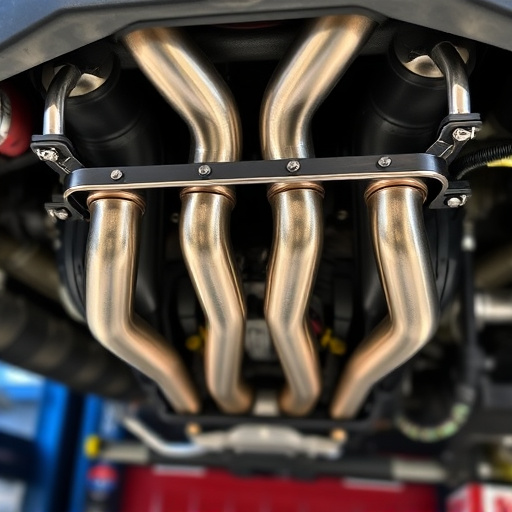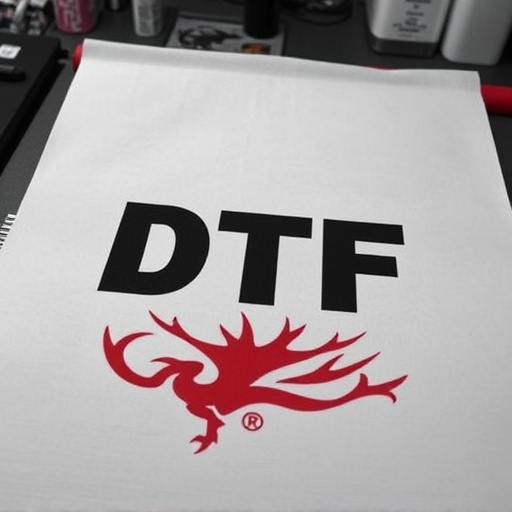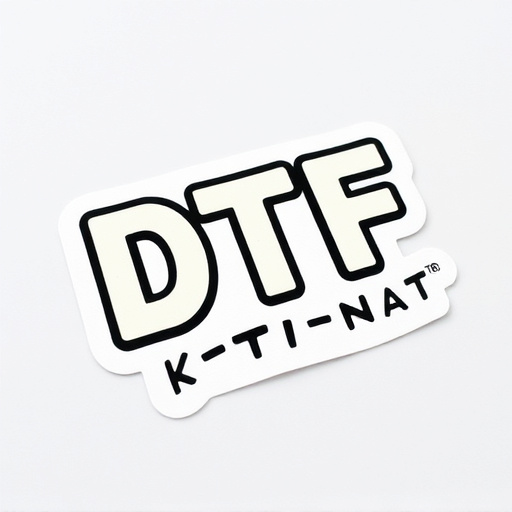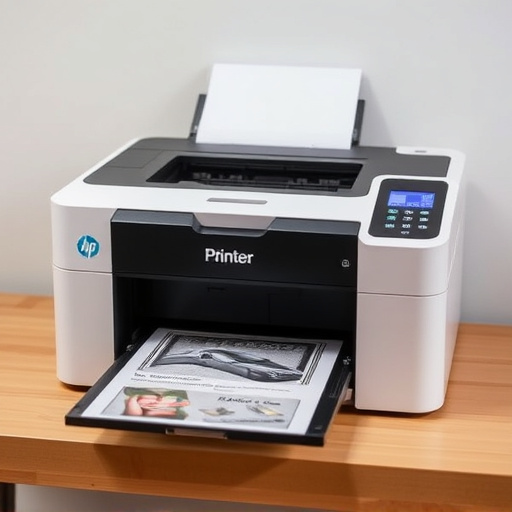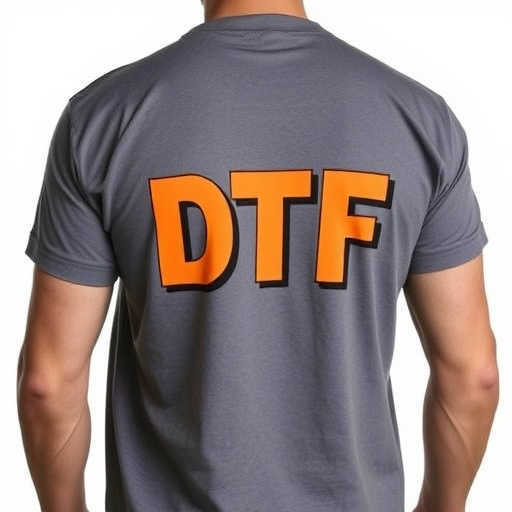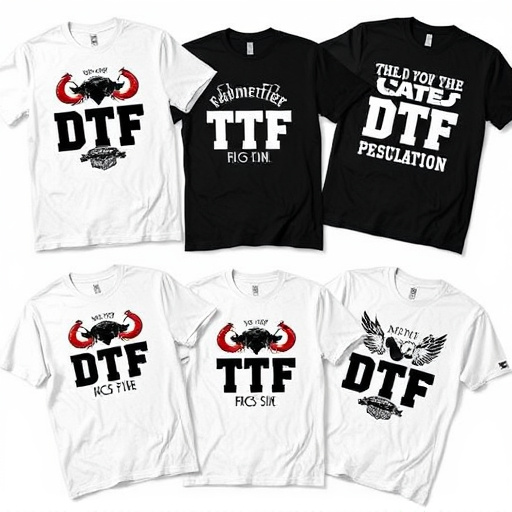DTF Cold Peel Film technology streamlines custom apparel printing with efficient, high-quality results on cotton and polyester blends. This innovative film allows for easy application and removal of designs, offering speed, vibrant colors, and crisp details. Its versatility enables both small artisans and large facilities to create diverse apparel and merchandise, while fast delivery options prioritize customer satisfaction. For optimal transfers, prepare a clean fabric, apply adhesive, use controlled heat and pressure, then peel back the film.
“Unleash the potential of your textile projects with the revolutionary DTF Cold Peel Film technology. This innovative solution is transforming the industry, especially for cotton and polyester blends. The article delves into the intricacies of DTF cold peel film, highlighting its benefits, from enhanced durability to effortless removal. We explore how this technique optimizes printing on various fabrics, ensuring superior results. Discover the application tips and best practices to master this game-changing technology, making your textile ventures more efficient and productive.”
- Understanding DTF Cold Peel Film Technology
- Benefits of Using DTF for Cotton and Polyester Blends
- Application and Best Practices for Optimal Results
Understanding DTF Cold Peel Film Technology
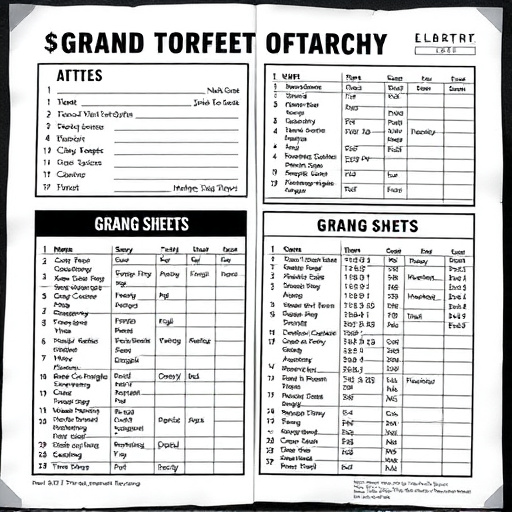
The DTF Cold Peel Film technology is a game-changer in the world of custom apparel and print solutions. This innovative film is designed for use with cotton and polyester blends, offering a seamless and efficient process for creating high-quality prints on various fabrics. By utilizing this technology, manufacturers can achieve exceptional results without the need for complex heating processes, making it an ideal choice for both small-scale artisans and large-volume production facilities.
DTF, or Direct to Fabric, cold peel films provide a straightforward approach to applying designs onto textiles. These films are specifically engineered to adhere to fabrics during printing and then easily peel away afterward, leaving behind a vibrant and long-lasting print. This method is particularly advantageous for custom dtf gang sheets and dtf heat transfers, ensuring a quick turnaround time and maintaining the integrity of the fabric’s texture. Its versatility allows for creative freedom in designing apparel, from fashion pieces to promotional merchandise.
Benefits of Using DTF for Cotton and Polyester Blends

Using DTF Cold Peel Film for cotton and polyester blends offers a multitude of advantages. This innovative material streamlines the printing process, enabling efficient transfer of designs onto various fabrics. The cold peel feature ensures easy removal, making it ideal for quick turnaround times and bulk production runs, where speed is paramount.
DTF (Direct to Fabric) technology enhances the overall quality of printed garments. It produces vibrant colors and crisp details, ensuring your designs look as intended on the final product. Moreover, its suitability for both cotton and polyester blends expands its applications across a wide range of apparel and merchandise items, making it a versatile choice for businesses seeking efficient, high-quality printing solutions with fast dtf application instructions and dtf transfer by size. Prioritizing customer satisfaction, many providers offer dtf fast delivery, ensuring you get your orders promptly.
Application and Best Practices for Optimal Results
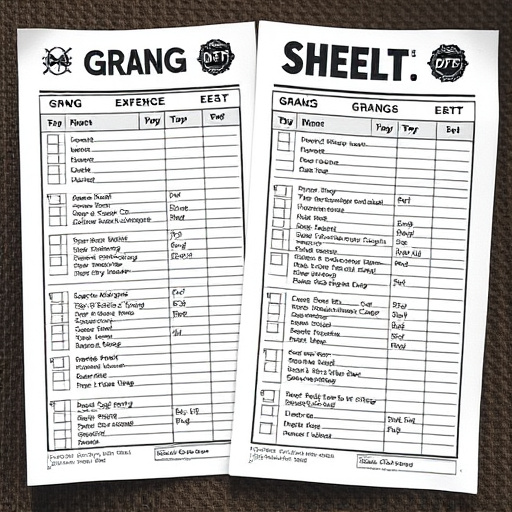
When applying DTF Cold Peel Film to cotton and polyester blends, it’s crucial to follow best practices for optimal results. Begin by ensuring your substrate is clean, dry, and free from any contaminants. This includes removing any dust or debris that might interfere with adhesion. Next, carefully spread a thin, even layer of adhesive over the surface, making sure not to apply too much, as this can cause issues during the peeling process. Allow the adhesive to set according to the manufacturer’s instructions for best bonding strength.
For precise and long-lasting DTF transfers, consider using a press with adequate heat and pressure. Temperatures between 180-200°F (82-93°C) are typically ideal for most fabric blends. Press for about 15-20 seconds to secure the film firmly onto the substrate. After cooling, slowly peel back the protective layer, starting from one corner, to reveal the design. For smaller orders or personalized DTF transfers ready to press, this method offers a straightforward and efficient solution. Remember, the key is in the preparation and application, ensuring a seamless integration of design and fabric with the use of DTF heat transfers.
The DTF Cold Peel Film technology offers a revolutionary approach to fabric treatment, particularly for cotton and polyester blends. By understanding its benefits and implementing best practices during application, manufacturers can achieve optimal results in terms of texture, performance, and sustainability. This innovative solution showcases the future of textile processing, ensuring high-quality outcomes with reduced environmental impact.

